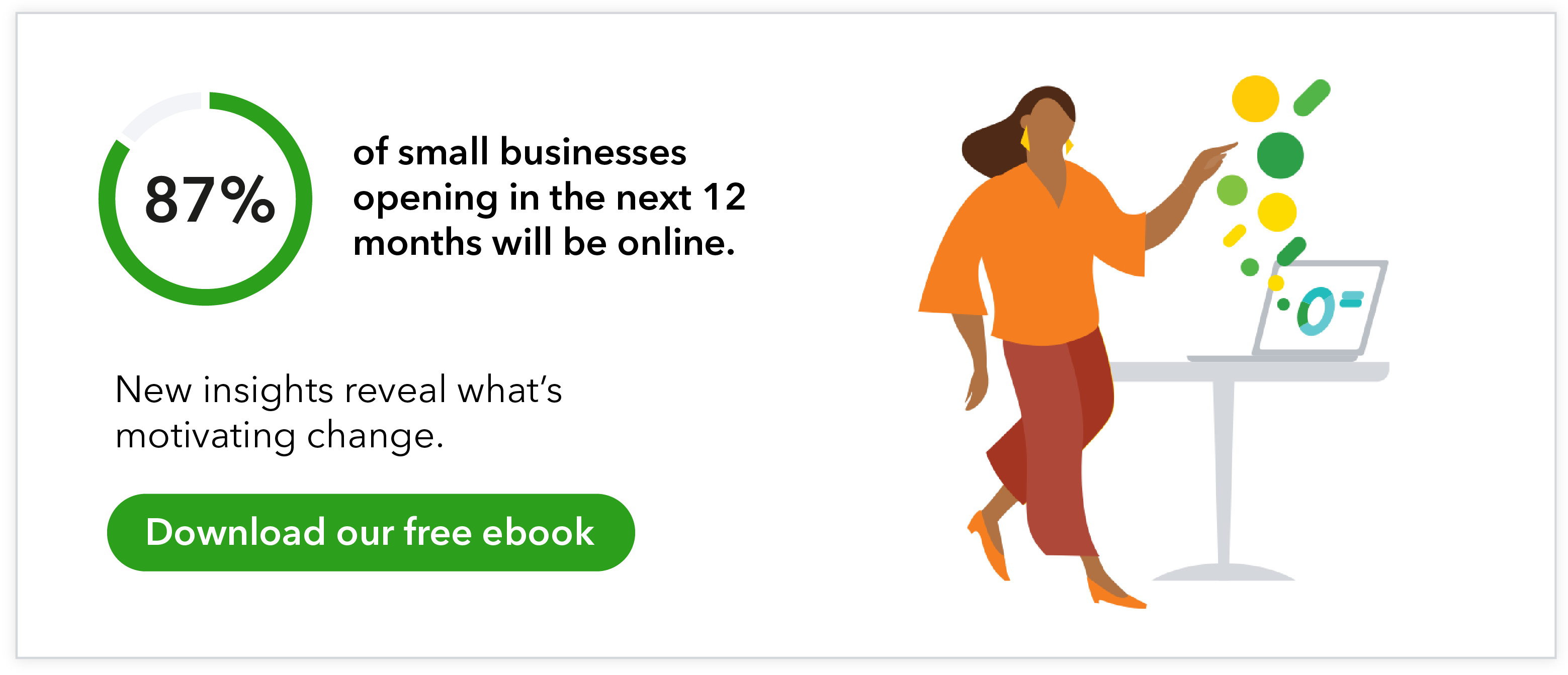Your current and prospective customers are looking for you online. Can they find you?
Despite the internet’s global landscape, nearly half of all Google searches (46%) are for local information. 90% of people use the internet to find local businesses, and over a quarter say they use the search engine “every day” for local searches.
And yet, many small business owners have yet to stake their claim in digital marketing by creating a website, marketing themselves on social media, or leveraging online marketing channels.
But the tides are turning for new small business owners. These new entrepreneurs are doubling down on their digital marketing efforts. Nearly half of those who plan to start a business in the next year are prioritizing Facebook and Google advertising, according to a recent QuickBooks survey. The majority of these new business owners (87%) feel confident in their marketing skills.
On the other hand, current business owners are more likely to recommend cost-effective alternatives, like creating a Google business listing or building an email subscriber list. And they recommend getting started as soon as possible within the first year of business.
Across the board, more business owners are prioritizing building a business website above all else. Established businesses and startups alike plan to invest in virtual technology and sell online following the coronavirus outbreak.













